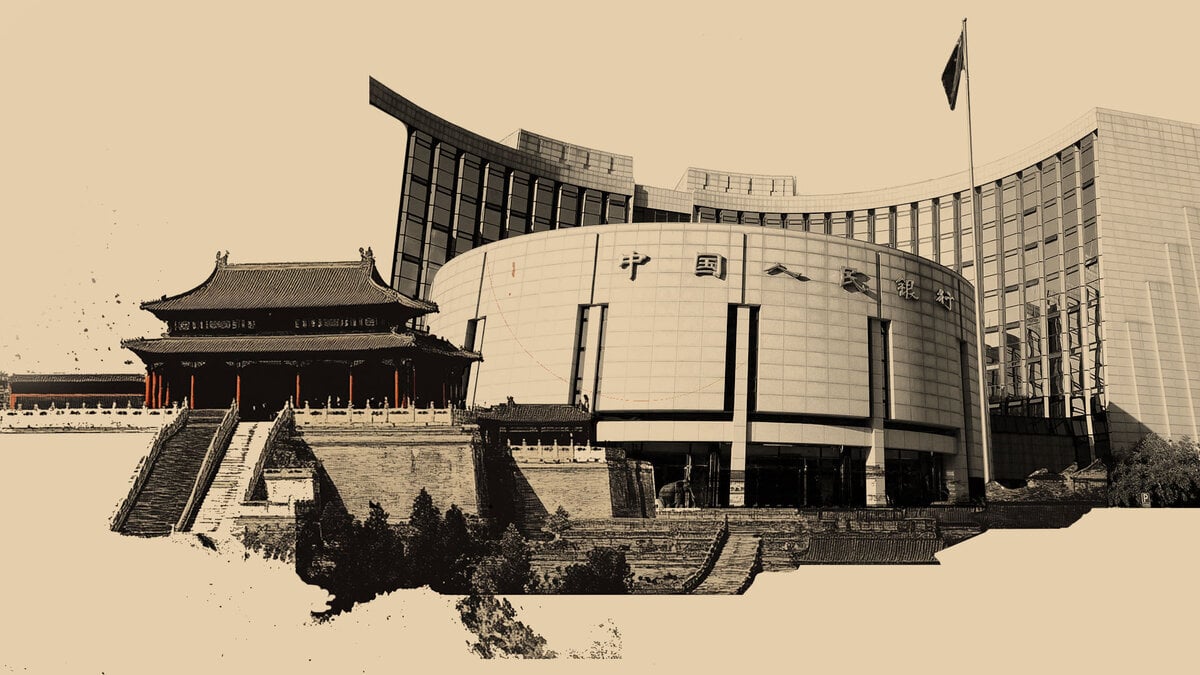PBoC, RBA cut rates

The People’s Bank of China (PBoC) and the Reserve Bank of Australia (RBA) lowered their interest rates today, hoping to tame and counter the negative impact of the global trade war on their economies and job markets. The moves were expected and received mixed reactions across stock markets.
The CSI 300 index is up by 0.62% at the time of writing, while the Hang Seng has jumped around 1.30%, boosted by CATL’s IPO, which went according to plan and led to a 14% surge in its Hong Kong debut. Meanwhile, the ASX is giving back earlier gains as trade headlines are turning sour. Remember, the US—unhappy with the pace of negotiations—announced last week that it would impose unilateral tariffs on trade partners before the end of the 90-day pause period. Trump insists that Apple manufacture its phones in the US and now wants the company to abandon its AI partnership with Alibaba for devices sold in China. This is another blow to Apple’s Chinese business. AI-powered systems could have helped reverse Apple’s falling market share in the country, and partnering with a local player made strategic sense given the severe restrictions on accessing data in China. Alas, it may no longer be possible. Apple, which pledged to invest up to $500 billion in the US, could now be pressured to spend that money on manufacturing infrastructure instead of innovation and R&D...
Meanwhile in China—despite the demographic and housing crises—technological advancements continue to challenge Western peers. Companies like Alibaba and Baidu are developing AI models; Huawei and SMIC are producing chips; and BYD, Xpeng, and Xiaomi are challenging Tesla globally by building powerful but more affordable EVs. Xiaomi announced that its new model, competing directly with Tesla’s Model Y, will launch this Thursday in China. Its share price is up 4% today and approaching all-time highs.
In summary: sentiment in Chinese tech is improving. Lower interest rates and ample fiscal support should help bolster this momentum. Investor appetite for US Big Tech remains strong, but current valuations could prove excessive if Trump’s trade war backfires—forcing companies to waste resources reorganizing supply chains or fight costly regulatory battles (I am thinking of a possible EU retaliation). These risks are not insignificant and could be avoided.
A Brexit breakthrough
Good news came from Europe, as the EU and the UK sealed their most comprehensive deal since Brexit and pledged ‘to discuss British access’ to Europe’s €150 billion defense fund. The Stoxx Europe Aerospace & Defence ETF soared 2% to a fresh high, while the Stoxx 600 eked out a small gain despite looming tariff concerns. The index has now recovered around 80% of its March–April losses and is approaching all-time highs and potentially overbought territory.
On the data front, yesterday’s CPI print confirmed an uptick in euro area’s April core inflation. However, that unwelcome development was somewhat offset by new EU Commission forecasts showing eurozone inflation could slow toward the 2% target by mid-year and average around 1.7% in 2026. This outlook should give the European Central Bank (ECB) enough room to keep rates in a sweet spot alongside easing energy prices and a possible resolution to the war in Ukraine.
The EURUSD rallied to 1.1288 yesterday and remains bid against a broadly softer US dollar, while German bonds continue to attract buyers seeking low-risk alternatives to US debt.
What rating cut?
Interestingly, markets rapidly shrugged off the US rating downgrade. The 10-year yield eased below 4.50%, and the 30-year fell back under the 5% threshold. Still, the broader narrative of declining confidence in US Treasuries and the US dollar remains intact. This opens a window of opportunity for investors looking beyond US markets—an exciting prospect for those seeking the next big destination.
On the Federal Reserve (Fed) front, New York Fed President Williams said ‘It’s not going to be that in June or July we’re going to understand what’s happening’ —emphasizing that it will take time to gather data and assess the situation. Atlanta Fed President Bostic echoed the cautious tone, saying he expects no more than one rate cut this year.
The S&P 500 reversed early-session losses to close slightly higher, but concerns remain: trade tensions, the Fed’s reluctance to provide support amid rising inflation expectations, and ongoing political uncertainty.
In corporate news, Nvidia announced that it will allow third-party chips to use its NVLink Fusion program and ‘connect their own third-party CPUs with Nvidia’s GPUs in AI data centers.’ The move aims to turn a competitive threat—of others building their own chips—into an opportunity to become the high-performance bridge everyone uses. Nvidia shares recovered early losses and closed above the $135 mark.
Elsewhere, Home Depot and Lowe’s earnings are in focus as investors complete the US consumer picture in the midst of trade turmoil. These companies remain heavily exposed to the trade war and may be forced to raise prices despite declining sales in order to protect their margins. A company like Home Depot has a net profit margin of around 9%, while Walmart operates closer to a 3% net profit margin. With tariffs ranging between 10% and 30%, price increases seem inevitable.
Higher prices mean higher inflation, limited Fed support, slower economic growth and – potentially – stagflation: a recipe for a deeper debt spiral and more financial pain.
Author

Ipek Ozkardeskaya
Swissquote Bank Ltd
Ipek Ozkardeskaya began her financial career in 2010 in the structured products desk of the Swiss Banque Cantonale Vaudoise. She worked in HSBC Private Bank in Geneva in relation to high and ultra-high-net-worth clients.

















